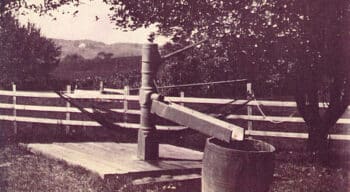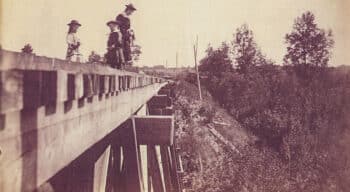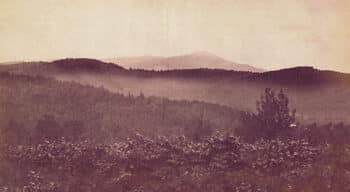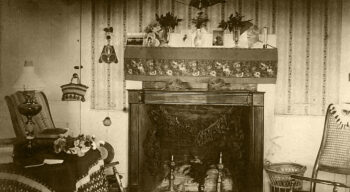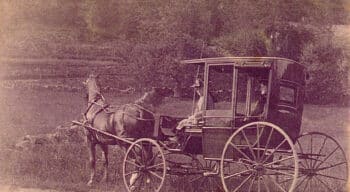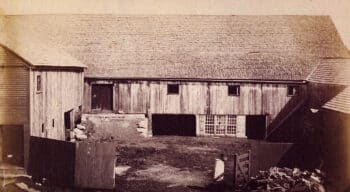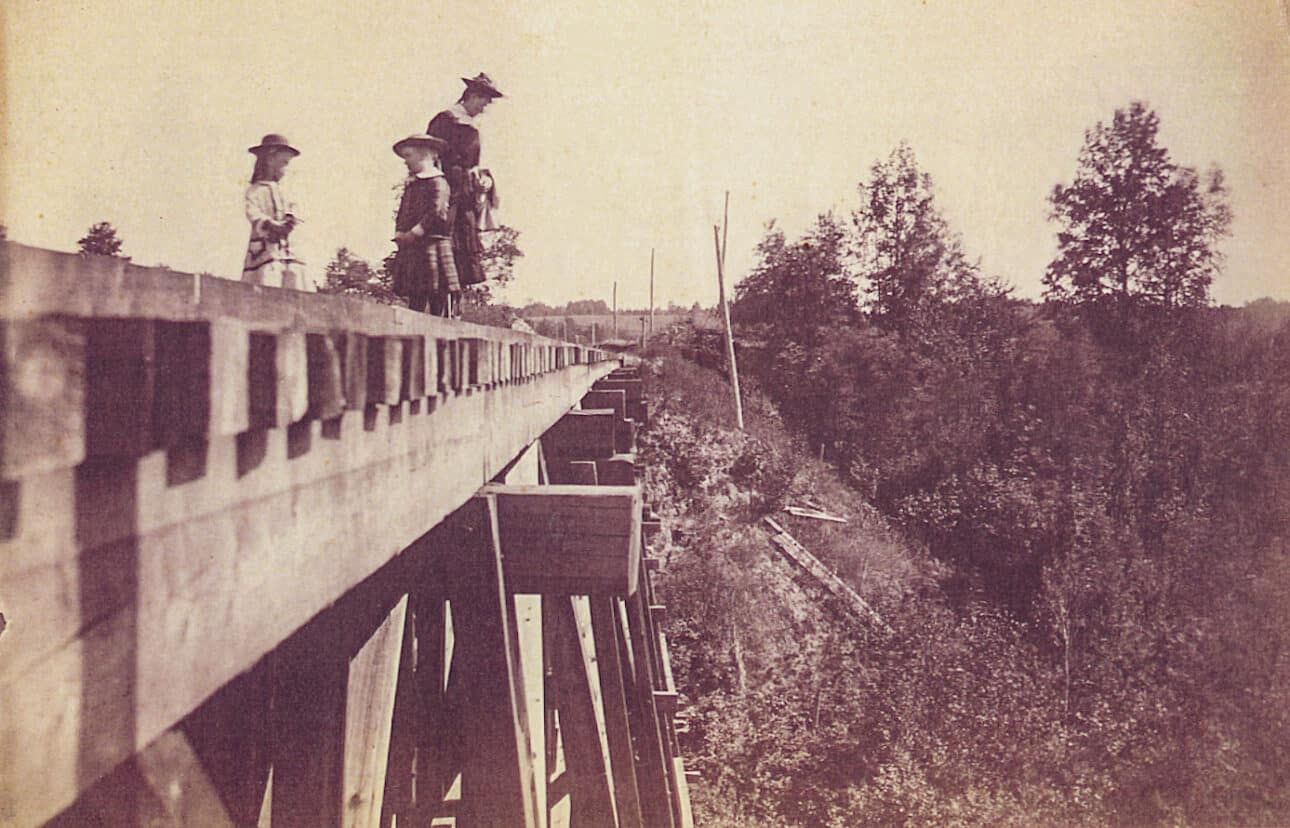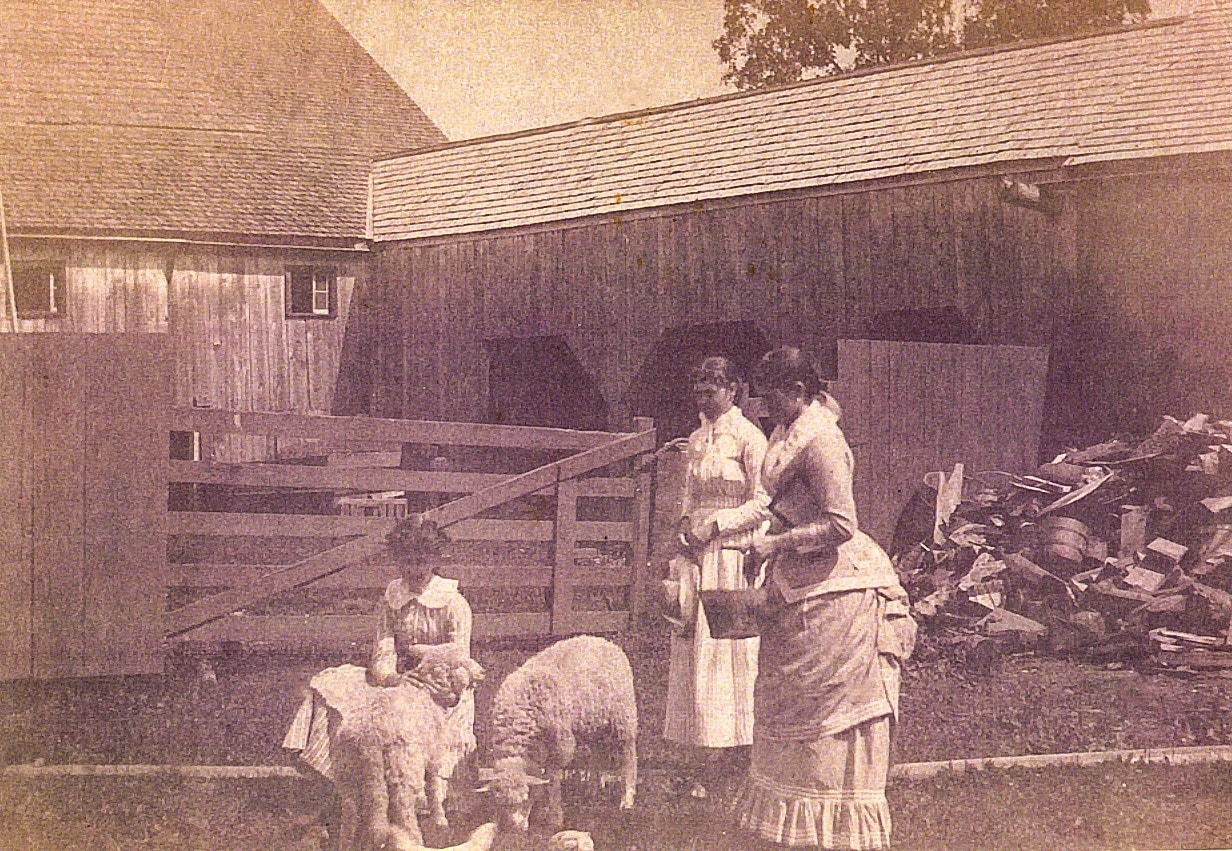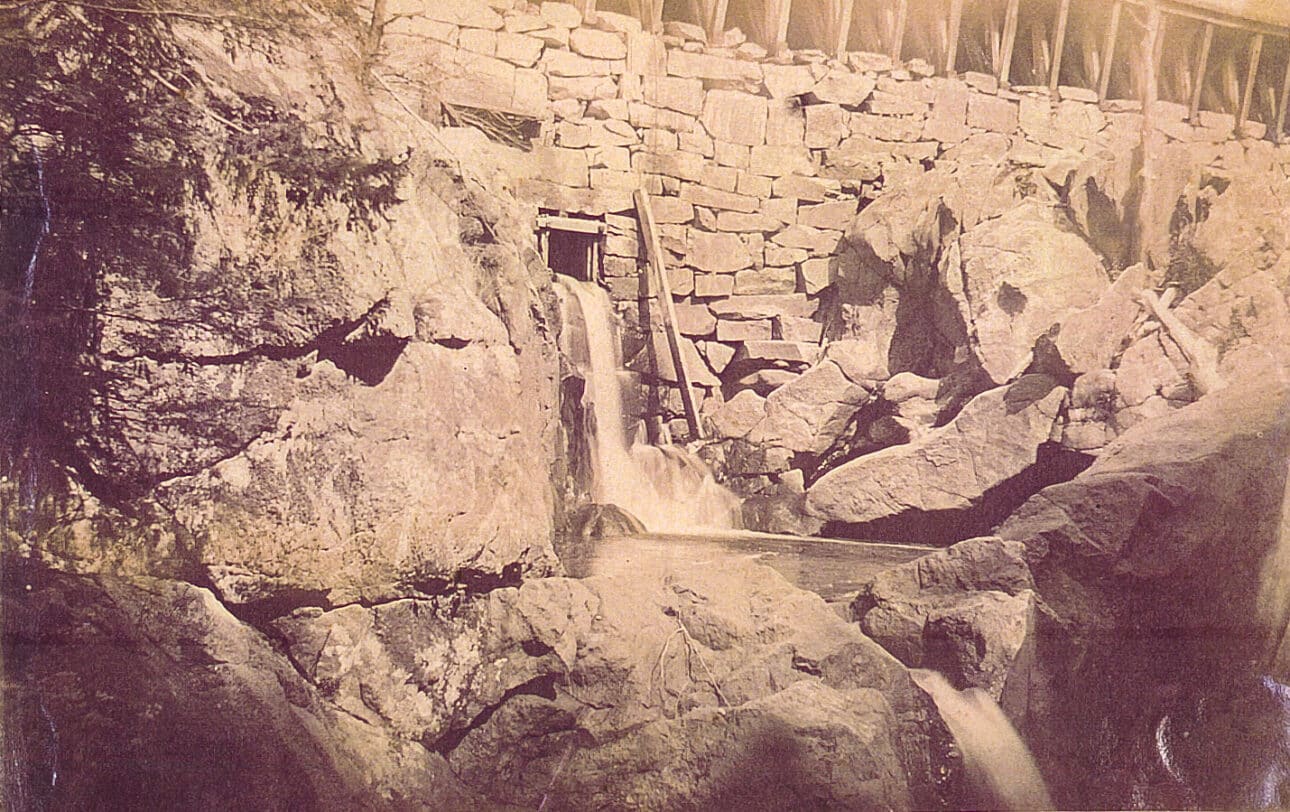Camp Glen Brook
Detailed History

Read the detailed history of the land and eventual camp that has become Camp Glen Brook!
The Abenaki
A place to begin the human story of this land is with the native Abenaki people who lived throughout the woods and lakes of what we know as New England and Canada for thousands of years. The Penacook and Sokwakik peoples inhabited the Monadnock area, one of many peoples who called themselves the Abanaki. The settling of this part of the world is a fascinating and grief-tangled story that we cannot do justice to here. Because this is what we know most about, our detailed story begins with the family that settled the land here, the Tayntor family.
The Colonial Settlers
After joining the American soldiers fighting at Lexington and Bunker Hill and being present as Washington took command of the army in Cambridge, Minuteman Corporal Jedediah Tayntor, his wife Mary, their son and newborn daughter, together with other residents of Marlboro, Massachusetts, headed northwest by oxcart in 1776 to settle Marlborough, New Hampshire. Jedediah, a carpenter by trade, and Mary began clearing land, building their farm, and building a three-story house—our Main House. He briefly interrupted his homesteading in 1777 to meet the new threat of the British army heading south out of Canada and was present when General Burgoyne capitulated at the Battle of Saratoga.
They had five children, but only one daughter, Mary, survived to adulthood. She and her husband, Major John Wiswell, inherited the farm and passed it down to their youngest son John, Jr. Somewhere during the Tayntor-Wiswell era a massive barn was built as well as many out-buildings. Between 1866 and 1905 the farm first earned the name Glenbrook Farm for the brook that ran into the glen where the granite dam still stands (the waterfall-jumping spot!). It was a “gentleman’s farm” as they were known; the photographs show an era of elegance at Glenbrook with many guests in fine clothes and beautifully appointed rooms. For the next 40 years Glenbrook was sold several times, and fell into some disrepair.
The Camp
Meanwhile in Germany, a young William Harrer attended a rally of Adolph Hitler in the 30’s and, alarmed at what he saw coming, fled to England and then the United States, there to become a Waldorf teacher at the Rudolf Steiner School in Manhattan. William dreaded the oppressive summers in the city both for himself and the children he taught, and dreamed of founding a summer camp in New England where children could spend summers in the surroundings he felt children needed and deserved. One Sunday he saw the ad in the New York Times for a farm near a brook…
William Harrer and others spent weekends fixing up the buildings. The camp opened in July of 1946 with the first 12 campers. During the following year, Mr. Harrer convinced a young teacher named Dorothy Jeffrey to accompany him on weekends to New Hampshire to continue repairing and preparing the camp. That summer, William and Dorothy were married. The Harrers made numerous additions to the buildings and grounds including a dining hall, three A-frame cabins, the Granite Ring campfire circle, and an improved pond.
After falling ill in 1972, Mr. Harrer decided to turn the camp over to Peter Curran, who with his wife Betty, had been assisting every summer since 1948 as well as teaching at the Waldorf School. Mr. Curran subsequently donated Glen Brook to the Waldorf School of Garden City (WSGC) and directed Glen Brook until his retirement in 1986. WSGC began a school visiting program during which students would come for a week each year from 3rd to 12th grade to enhance their study of environmental science, history, and geography as well as actively experience everyday work from household and barnyard chores to splitting wood to painting and repairing.
Most Recent History
In 1999, Robert and David White, longtime neighbors and benefactors of Glen Brook, donated their beautiful home and 45 acres of fields and woods to the camp, today known as White Meadows. Their gift brought the total size of Glen Brook to more than 240 acres. In 2001, 3 screened-in summer cabins were built for the newly-formed Falcon program, as well as the hilltop gazebo, there where Mr. Harrer first looked out at beautiful Mt. Monadnock and decided this was the place to build his camp.
In 2011, the dining hall was expanded, and the kitchen was completely renovated. Just after they were completed in February, the barn caught fire and burned to the ground. No people were injured, but several animals were lost. A new barn, designed by David Resnick, rose from the ashes with the work of many volunteer hands in May of that same year.
Between 2016- 2018 we converted all heat and hot water to a wood pellet boiler, added the collonade to the Main House and Wing, and built the Apex Cabin behind the Attic A-Frame. In 2021 we added the Bear Camp cabins at the top of the hill. In 2023 we became solar powered for all our electric needs due to a community-funded solar field in White Meadows, followed by the addition of rooftop solar on the barn in 2024.
So many others have given countless summers and years and gifts to Glen Brook. We regret that in such a brief summary we cannot list all who contributed so much.
Photos from the Early 1800’s


